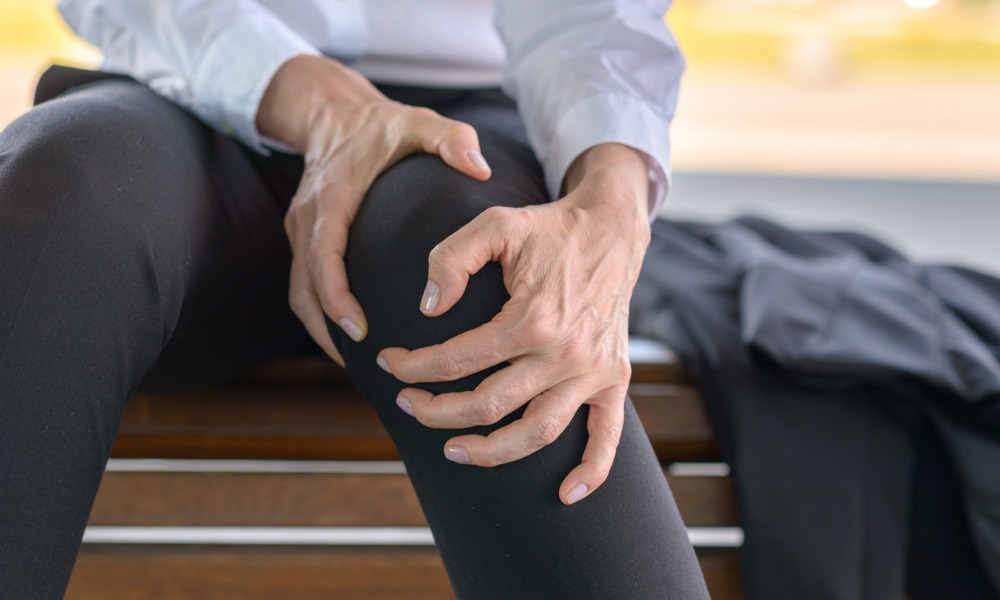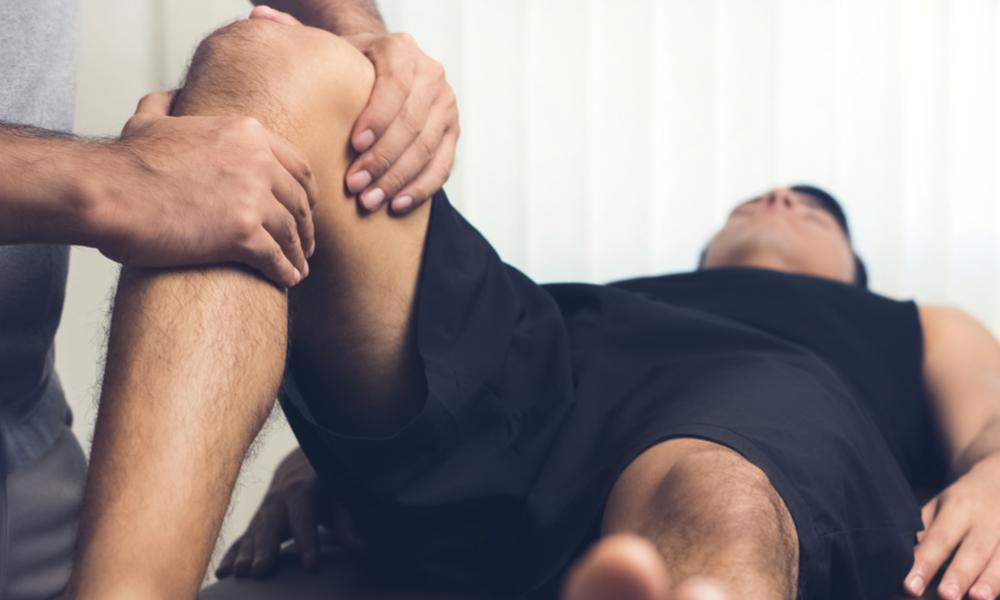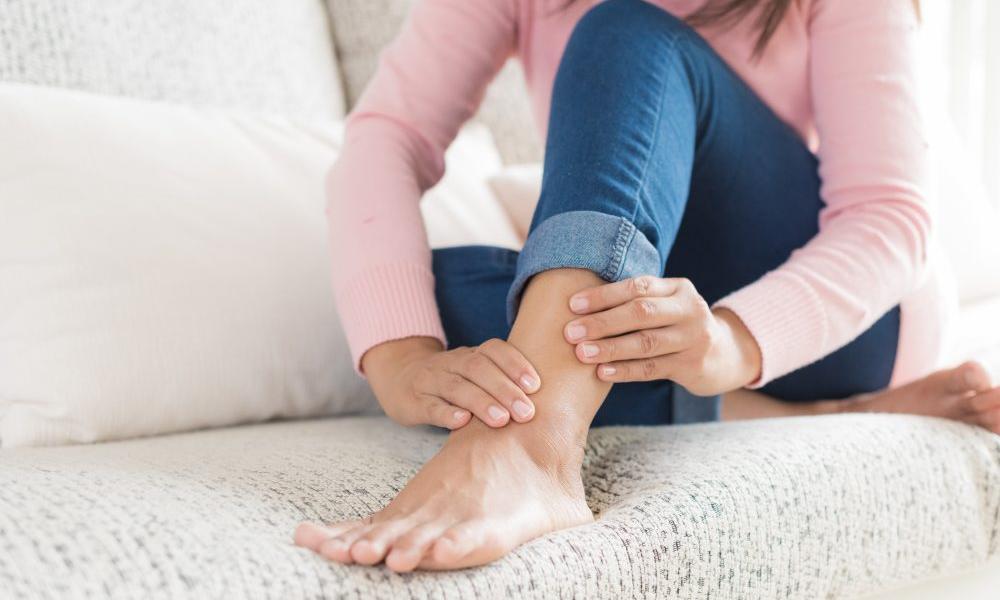Joint health is often seen as something to focus on “later in life,” but the reality is far different. While it’s true that aging can take a toll on your joints, protecting these critical components of your body isn’t just for older generations. From bustling young athletes to desk-bound professionals and active retirees, joint care is important at every stage of life. Neglecting joint health today, regardless of your age, can lead to discomfort, restricted mobility, and other long-term issues down the line.
Here’s why joint care matters for everyone, and how you can take care of yours starting now.
Why Joint Health Is Important for Every Age Group
Young Adults and Teens
For younger individuals, the fast-paced nature of activities such as school sports or heavy gym workouts puts significant stress on joints. Overuse injuries, like runner’s knee or tennis elbow, are common among this age group, especially when proper recovery and form are ignored.
By starting joint care early, young people can ensure they avoid injuries that might impact their performance or impact their future mobility. Healthy joints also mean they can push limits in their physical activities without fear of long-term damage.
Joint Care Tips for This Age Group:
- Warm up and cool down with stretches to maintain flexibility.
- Strengthen muscles around key joints like knees and shoulders for added support.
- Avoid overtraining by including rest days in workout schedules.
Working Professionals in Their 20s-40s
Today’s desk-bound working culture in the U.S. often leads to joint stiffness, poor posture, and repetitive strain injuries. Sitting for hours, staring at a screen, or hunching over devices can silently impact the structure and functionality of your joints over time.
Supporting joint health during these years prevents greater discomfort later. Daily joint care ensures professionals can comfortably carry out both simple and demanding physical tasks without pain or stiffness.
Joint Care Tips for This Age Group:
- Practice proper ergonomics by using adjustable office chairs and desk setups.
- Take short breaks to stretch every hour, especially focusing on the hips, wrists, and shoulders.
- Integrate movement into your day, like walking meetings or desk exercises.
Seniors Over 60
For older adults, maintaining joint mobility is crucial for sustaining independence and quality of life. Wear-and-tear conditions such as osteoarthritis become more common, making mobility-focused joint care a top priority. Healthy joints allow seniors to enjoy their favorite activities, maintain good balance, and prevent falls.
Joint Care Tips for This Age Group:
- Incorporate low-impact exercises such as swimming, water aerobics, or tai chi to protect cartilage.
- Focus on calcium and vitamin D-rich foods for bone and joint strength.
- Use physical therapies or stretching routines to maintain flexibility and reduce stiffness.
How to Build a Joint-Friendly Lifestyle?
- Stay Active: Movement lubricates joints and promotes cartilage health. Choose activities suitable for your fitness level and age.
- Balance Nutrition: Anti-inflammatory foods like salmon, nuts, and leafy greens can reduce joint discomfort. Avoid ultra-processed, high-sugar diets that can promote inflammation.
- Focus on Posture and Alignment: Exercises like yoga or pilates promote good posture and strengthen stabilizing muscles around your joints.
Conclusion
Joint health doesn’t need to become a concern in your later years; it’s something to nurture at every age. Whether you’re gearing up for a competition, working long hours, or enjoying retirement, protecting your joints ensures that you can stay active, mobile, and pain-free for the long haul.
Start simple, and remember that every stretch, movement, and healthy food choice you make is an investment in a flexible and independent future. Listen to your body and give your joints the attention they deserve today!





